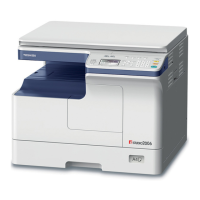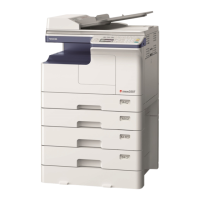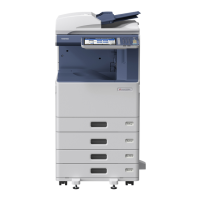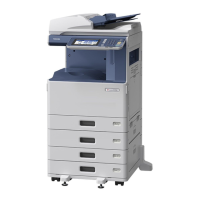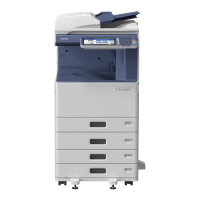
Do you have a question about the Toshiba e-STUDIO 203 and is the answer not in the manual?
| Functions | Print, Copy, Scan |
|---|---|
| Print Speed (Black) | 20 ppm |
| Standard Paper Capacity | 250 sheets |
| Display | LCD |
| Scanner Type | Flatbed |
| Copy Speed (Black) | 20 cpm |
| Paper Capacity (Bypass) | 50 sheets |
| Interface | USB 2.0 |
| Scan Resolution | 600 x 600 dpi |
| Connectivity | USB |
| Paper Size | A4, A5, B5, Legal, Letter |
| Paper Weight (Bypass) | 64-163 g/m² |
| Paper Sizes | A4, A5, B5, Legal, Letter |



